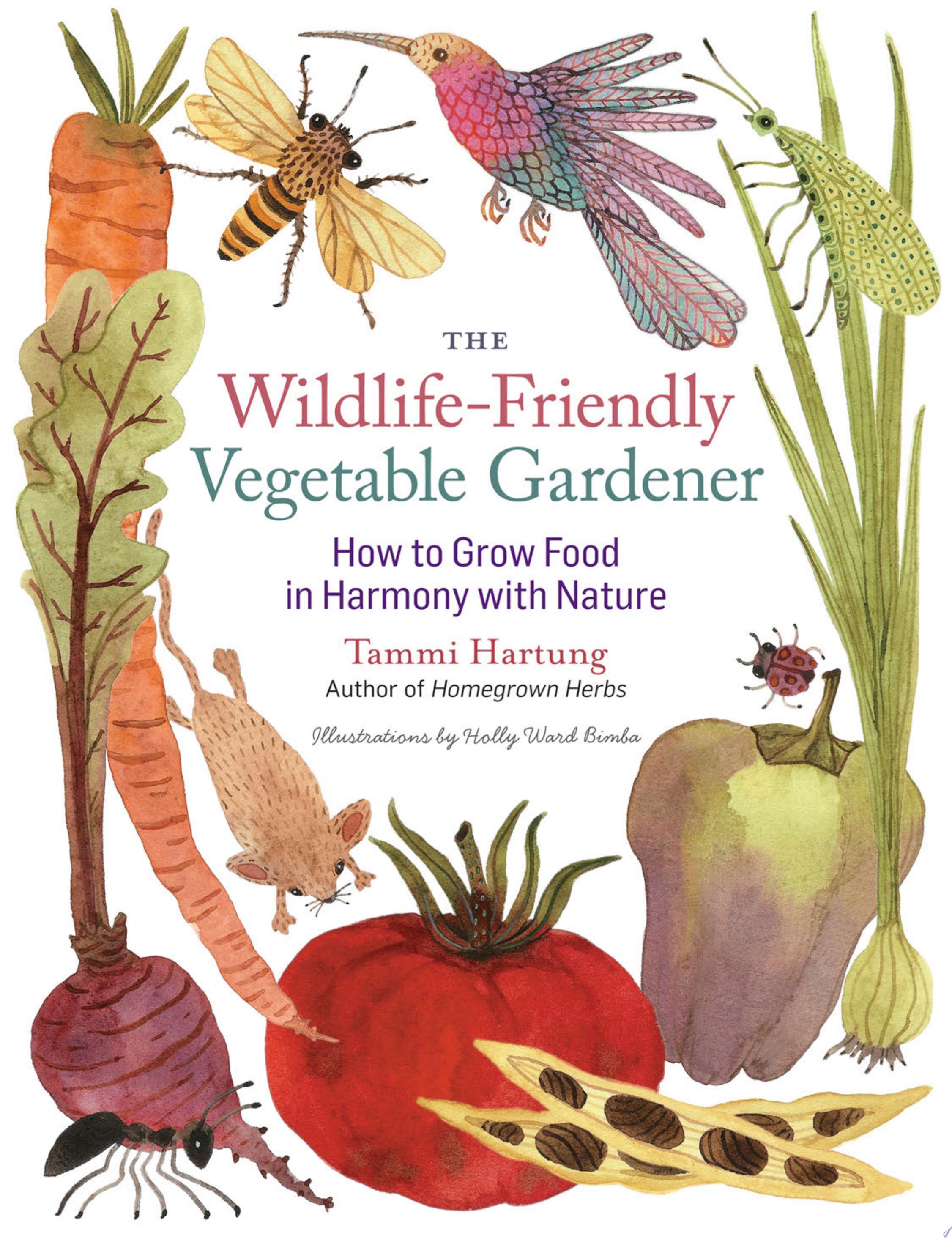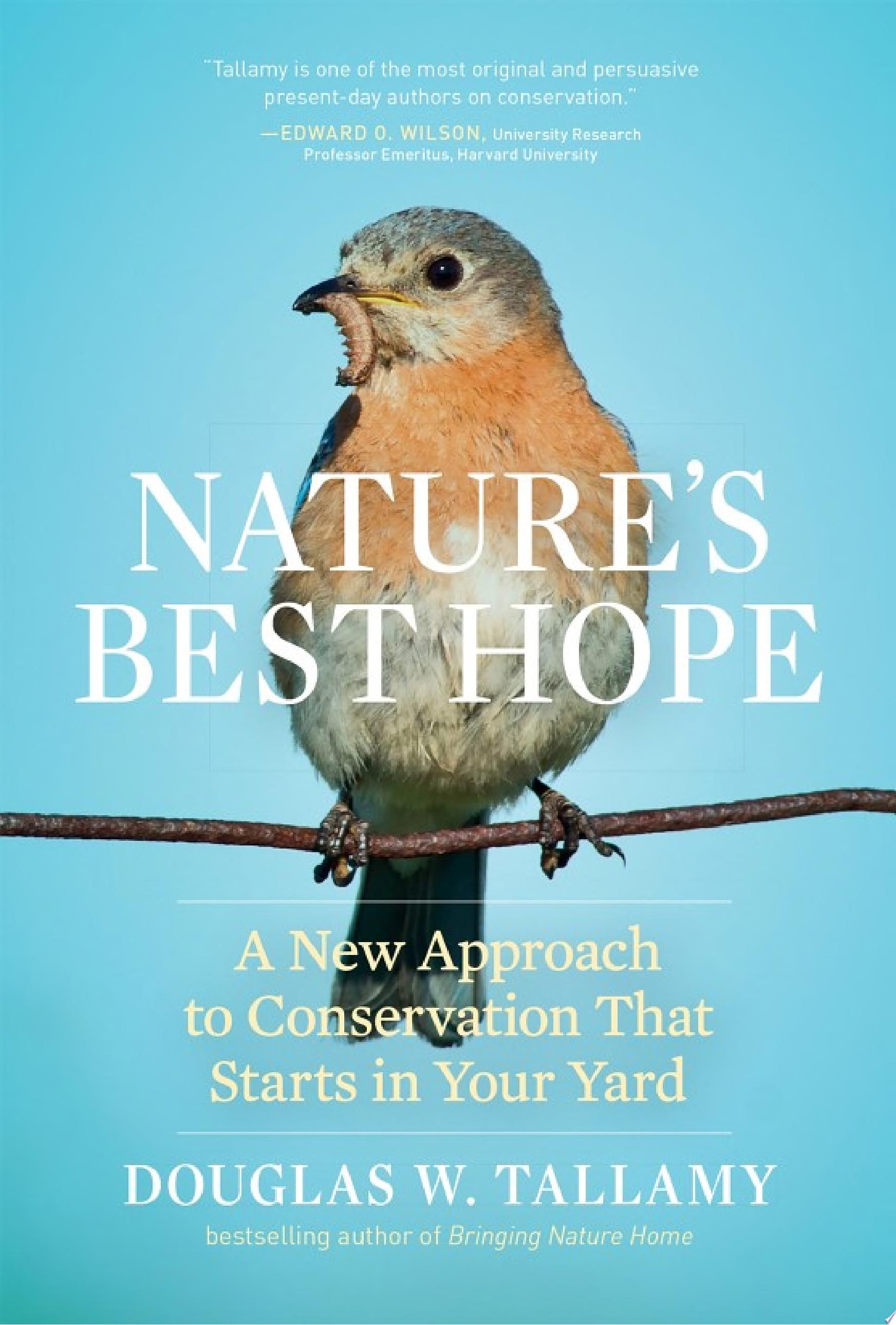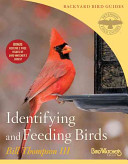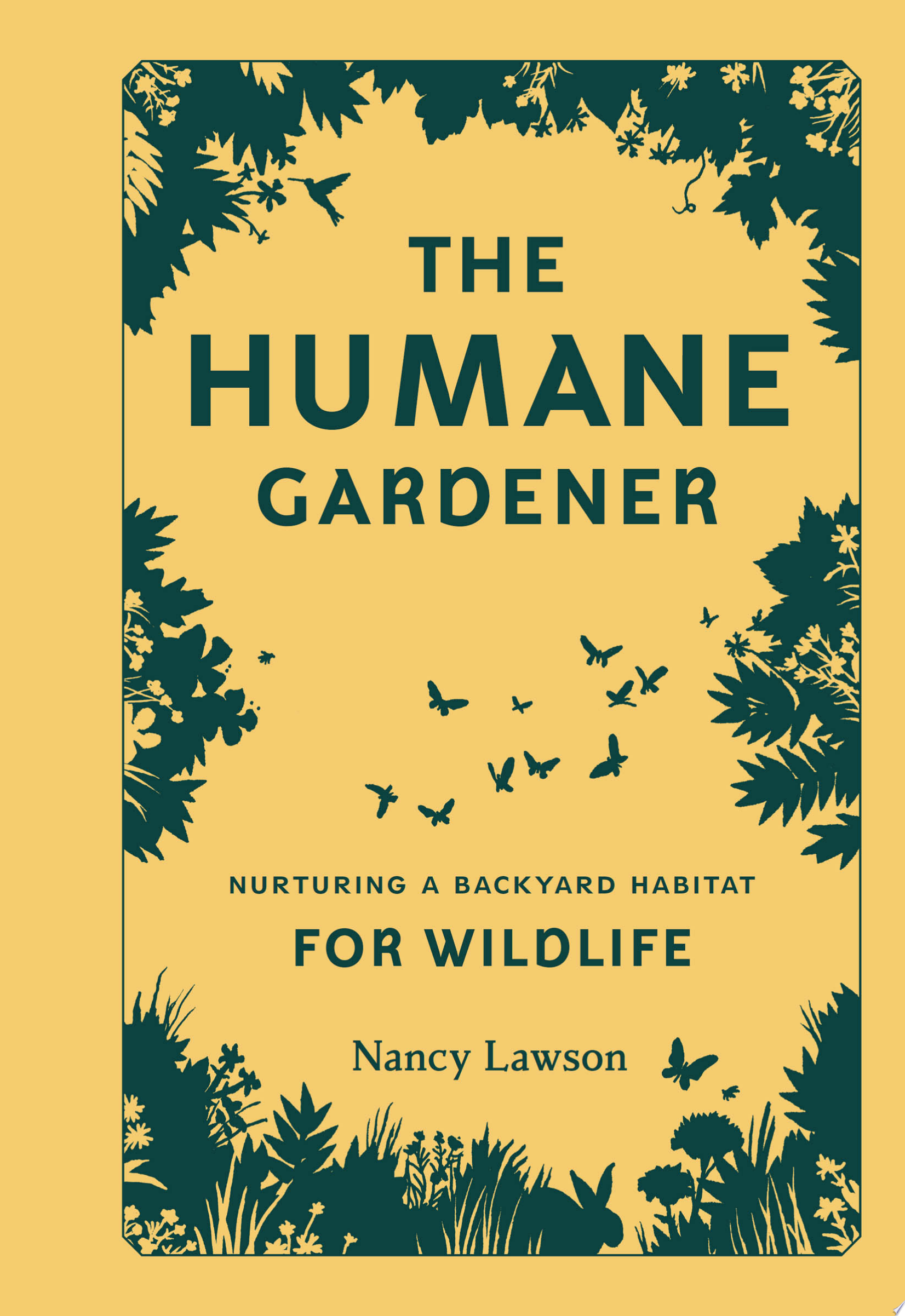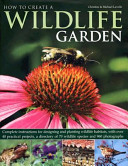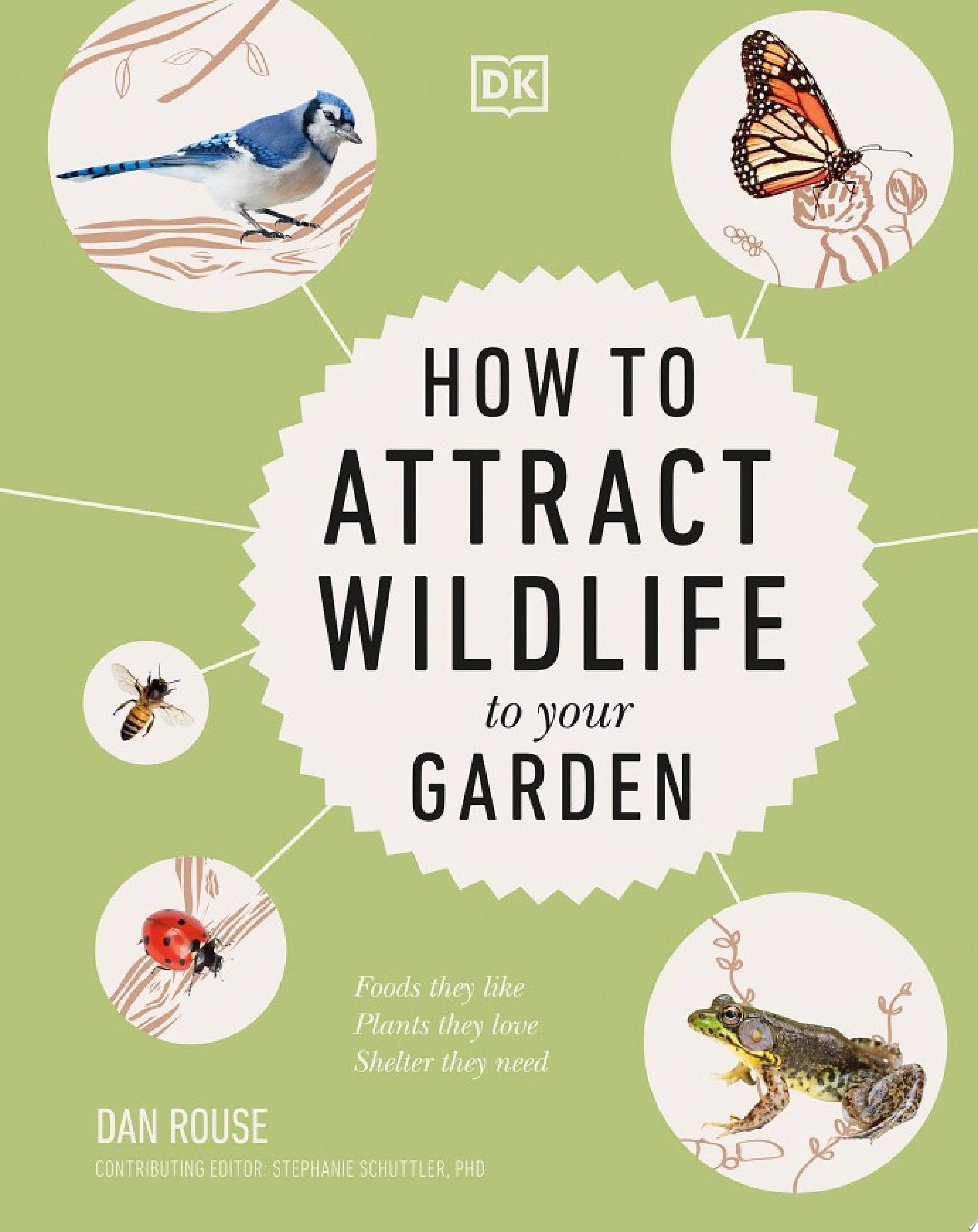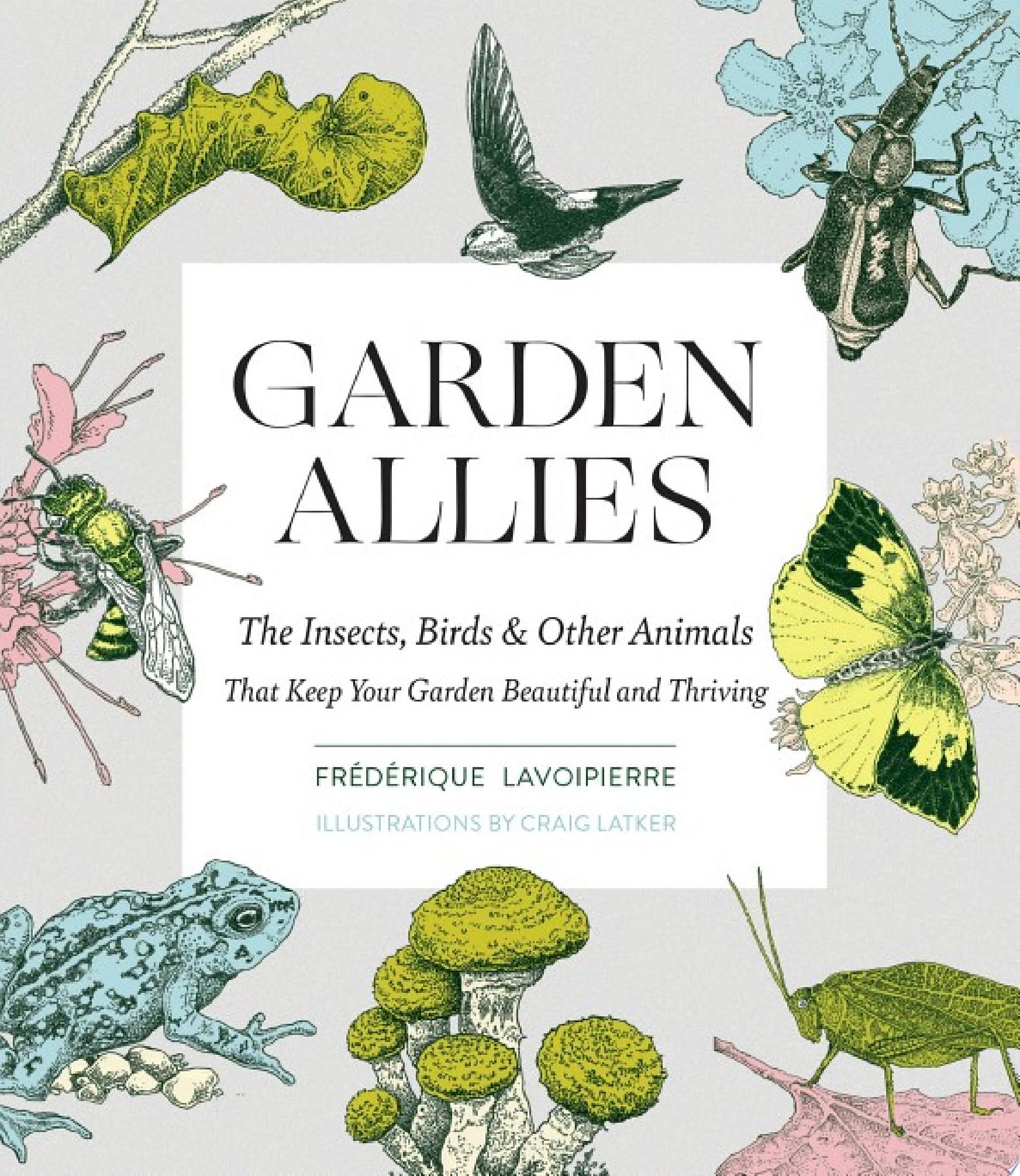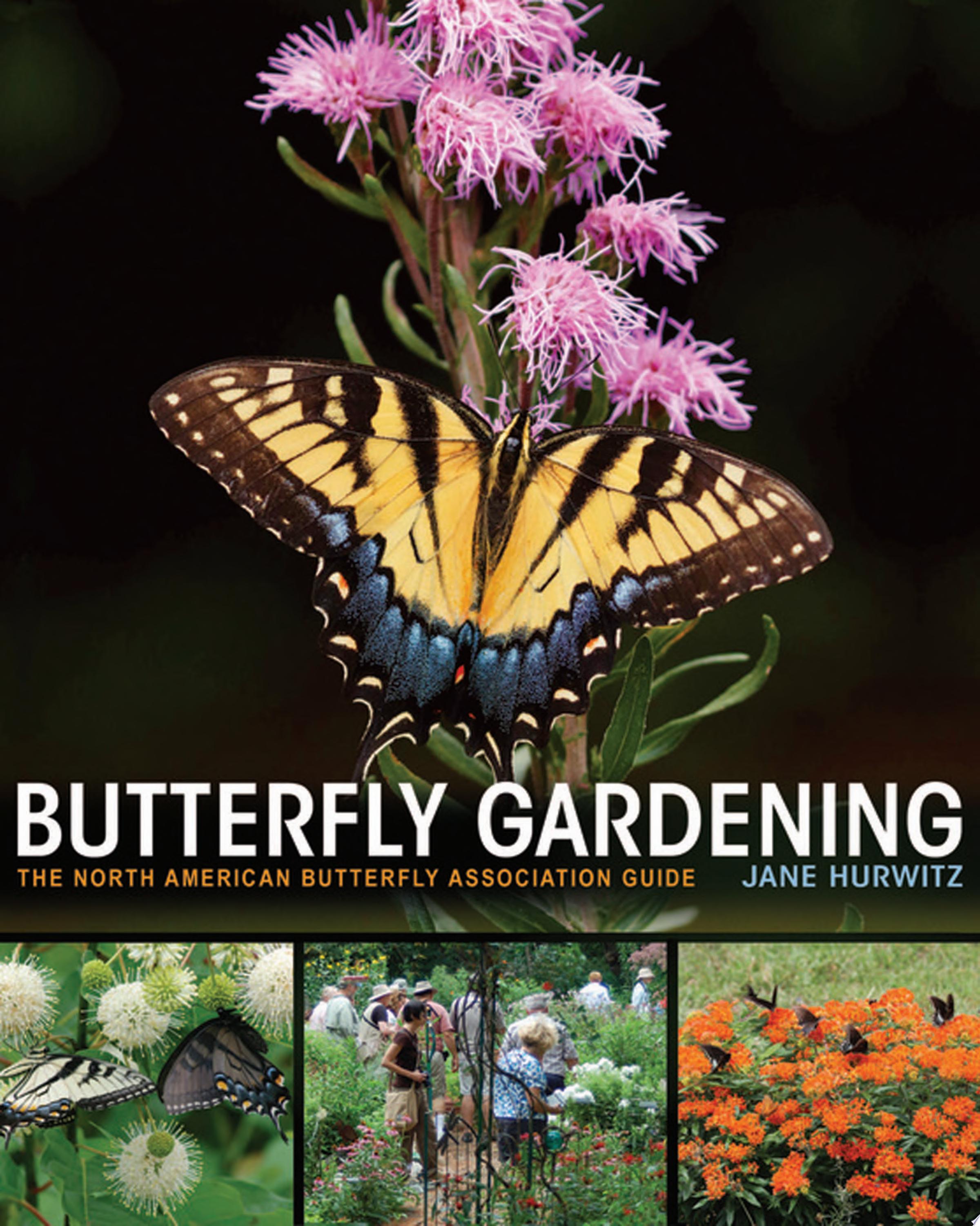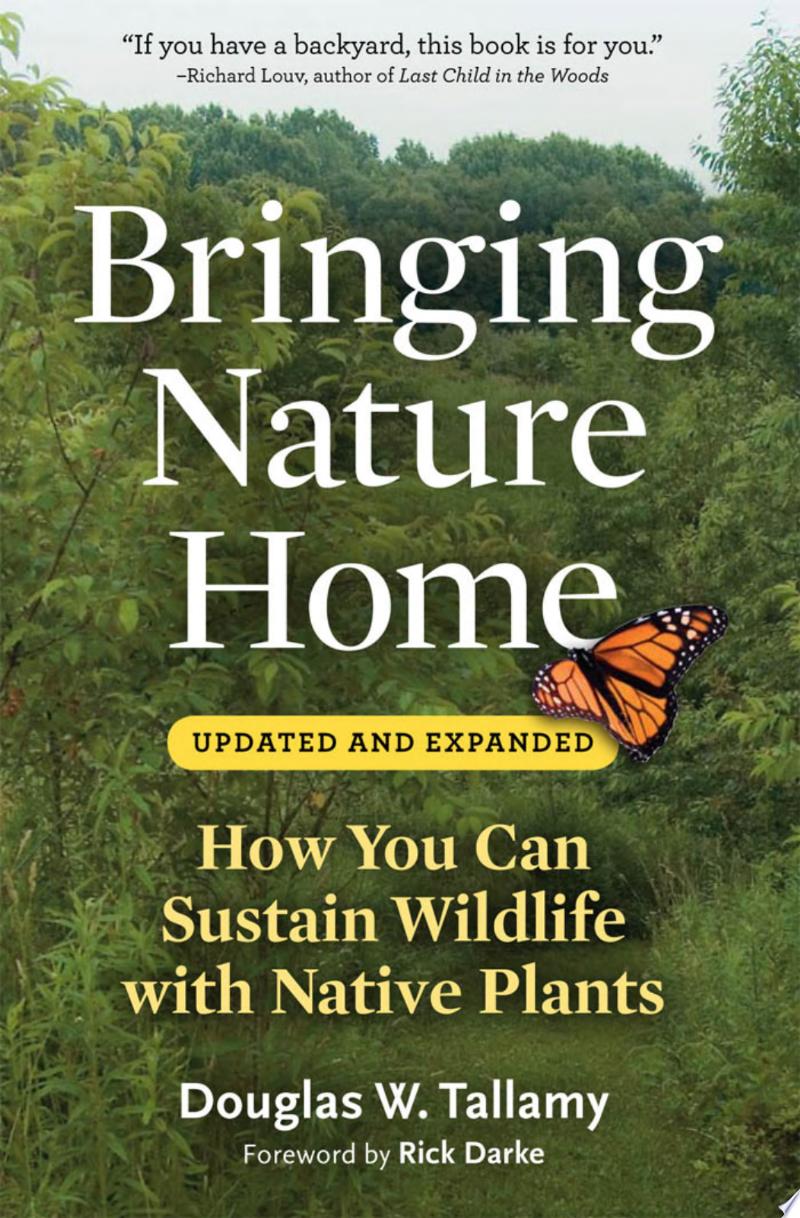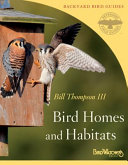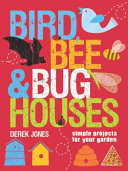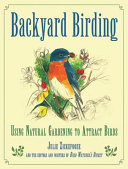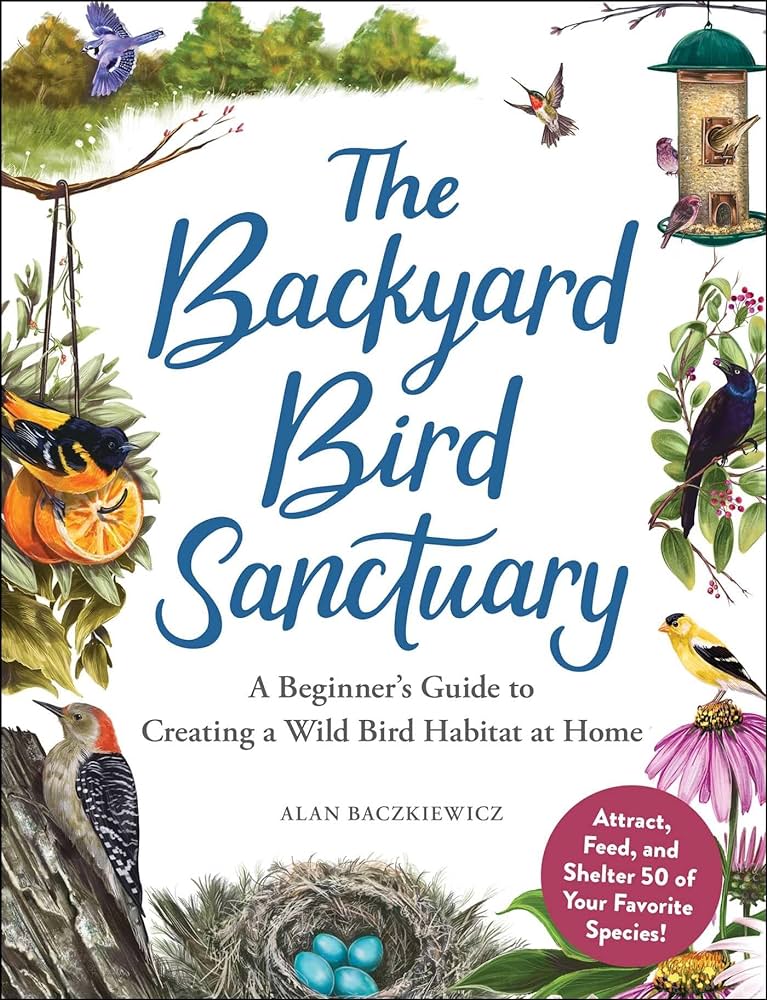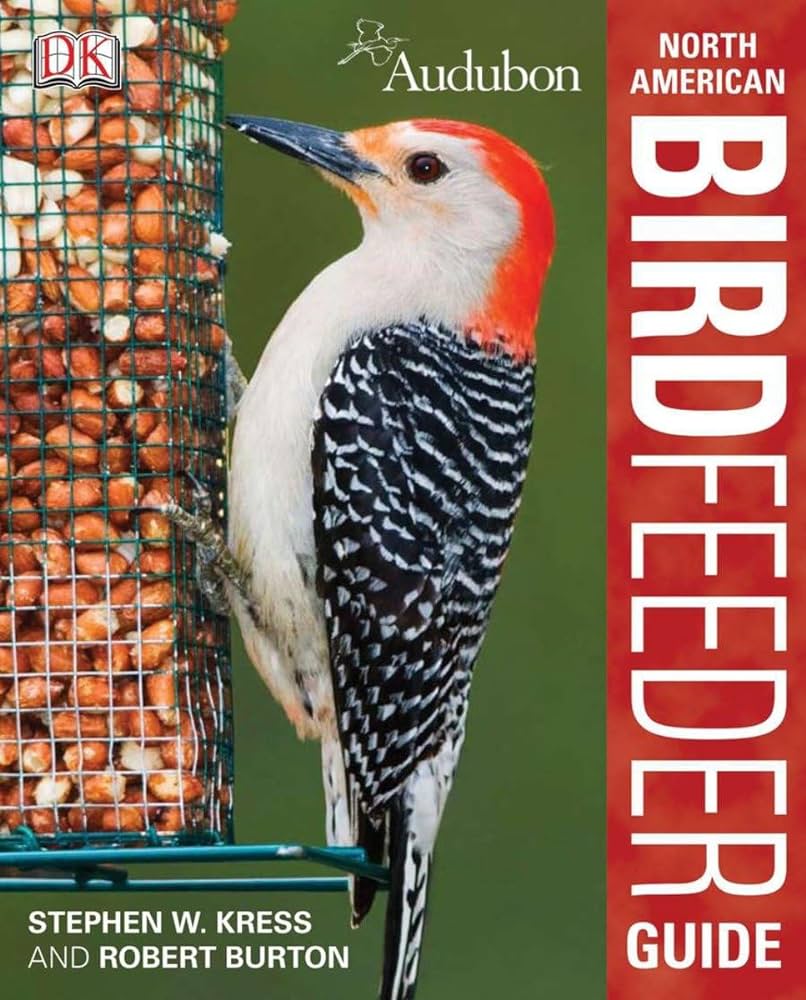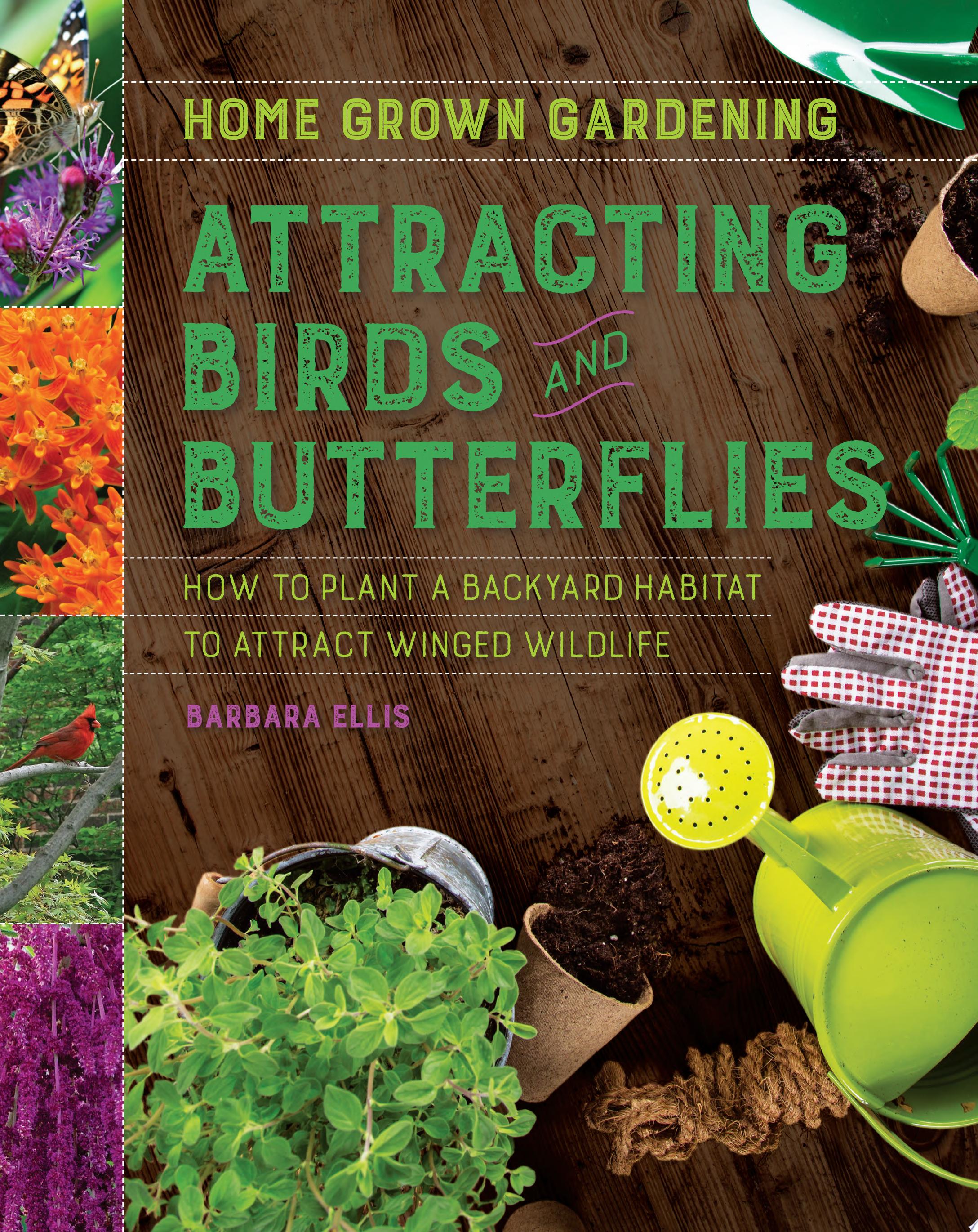Transform your garden into a haven for all kinds of wildlife.
In a world with too much concrete and not enough greenery, every wildlife-friendly garden can make a huge difference. But what if we told you that you can make a difference to your local wildlife from the comfort of your own home? You can help to reverse the decline in bird numbers and much more by creating a haven in which they will thrive!
Let author, presenter, and wildlife conservationist Dan Rouse show you how you can make your outdoor space more welcoming for a wide variety of visitors, from planting pollinator-friendly perennials to digging a pond. Learn the best ways to provide shelter, food, and water, discover the best planting choices and how they can help, then sit back and watch as your garden becomes a much-needed refuge for a huge range of species.
Dive straight in to discover:
- A beautiful mixture of full-color illustrations and photos of different species.
- Practical advice on supporting local wildlife, with ideas suitable for all budgets and abilities.
- Suggestions for beneficial plant choices for a range of climate and soil types.
- Step-by-step projects tailored to both attracting wildlife and to observe the wildlife that visits the garden.
- Ideas for small gardens and outdoor spaces, as well as practical considerations such as pets and children sharing a garden with wildlife.
- Final chapter on ‘Observing garden wildlife’ that showcases low- and high-tech methods of watching for wildlife, and how to connect with the wider wildlife community.
The book features plenty of projects to help you attract and observe your new garden visitors, as well as galleries of common species you can expect to see. Following in the footsteps of its sister title How to Attract Birds to Your Garden, everything in the book is clear, accessible, and engaging, with plenty of budget-friendly tips and ideas suitable for gardeners and non-gardeners alike.
Packed with equal parts expertise and passion, How to Attract Wildlife to Your Garden proves that, by giving nature opportunities to thrive, we all benefit: ourselves, our planet, and the wildlife that may call our garden home.
